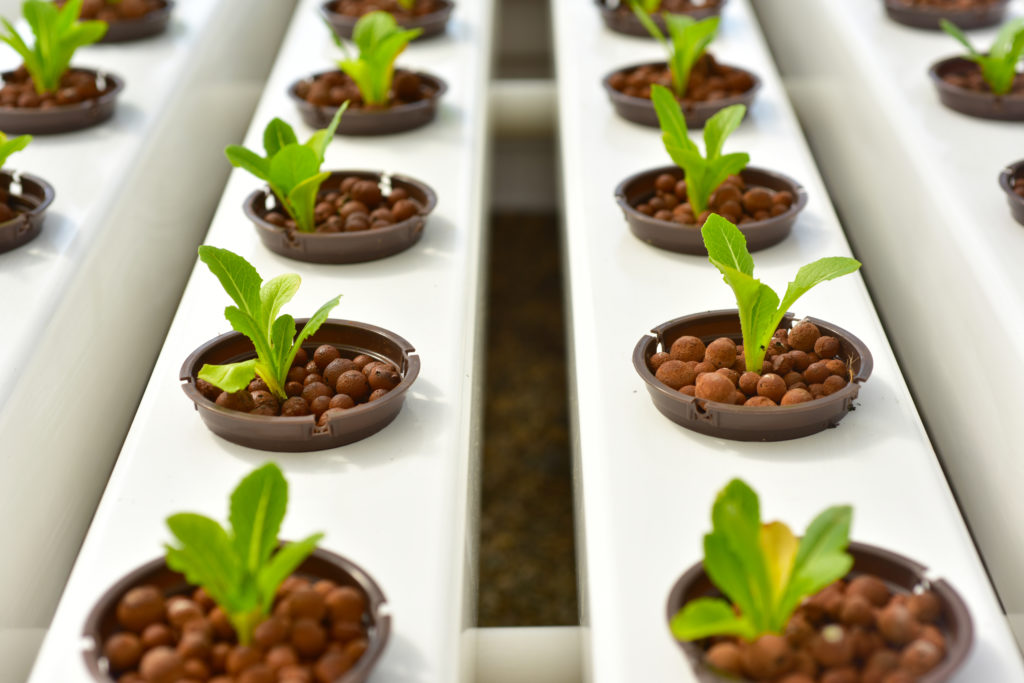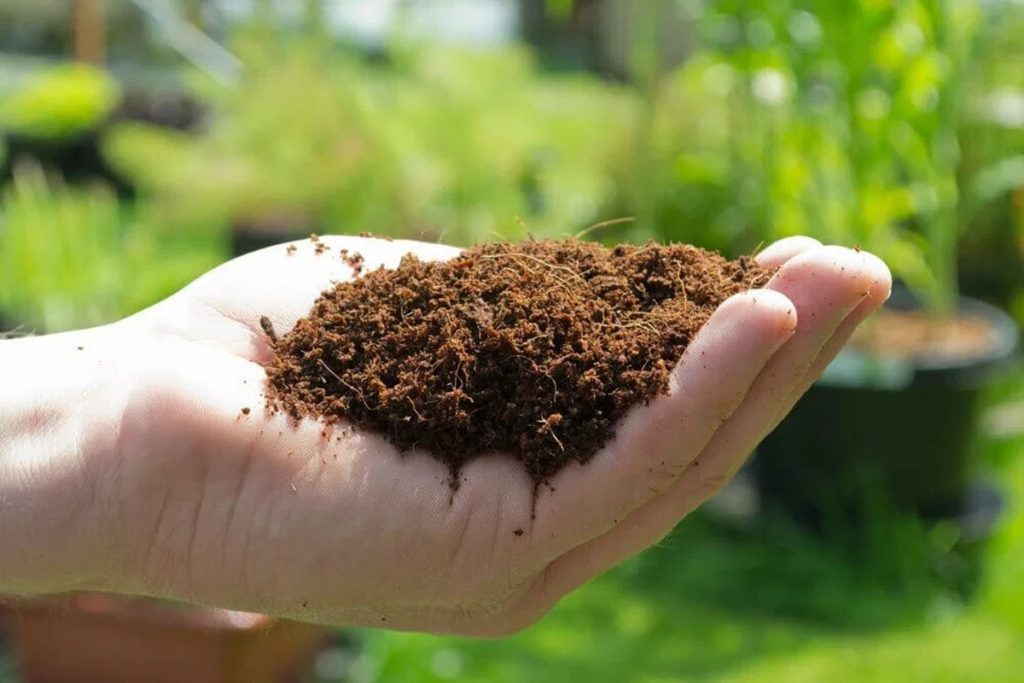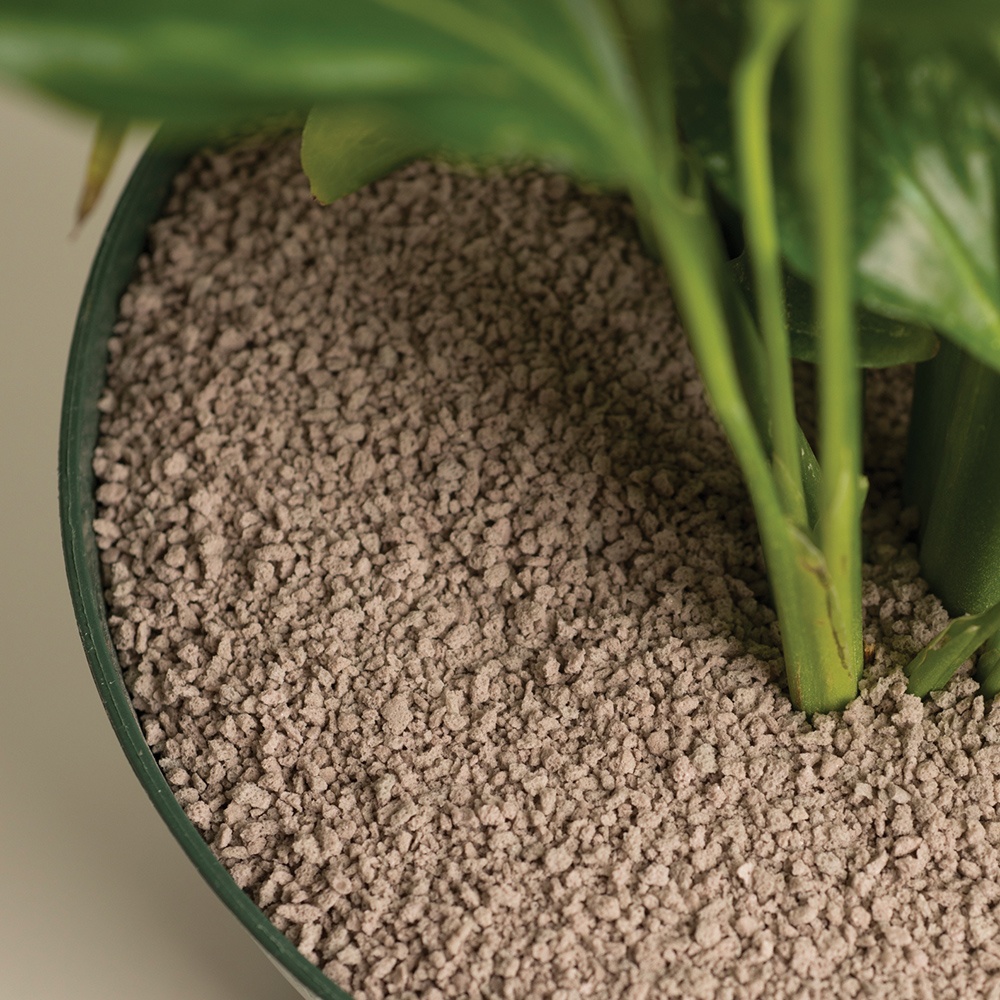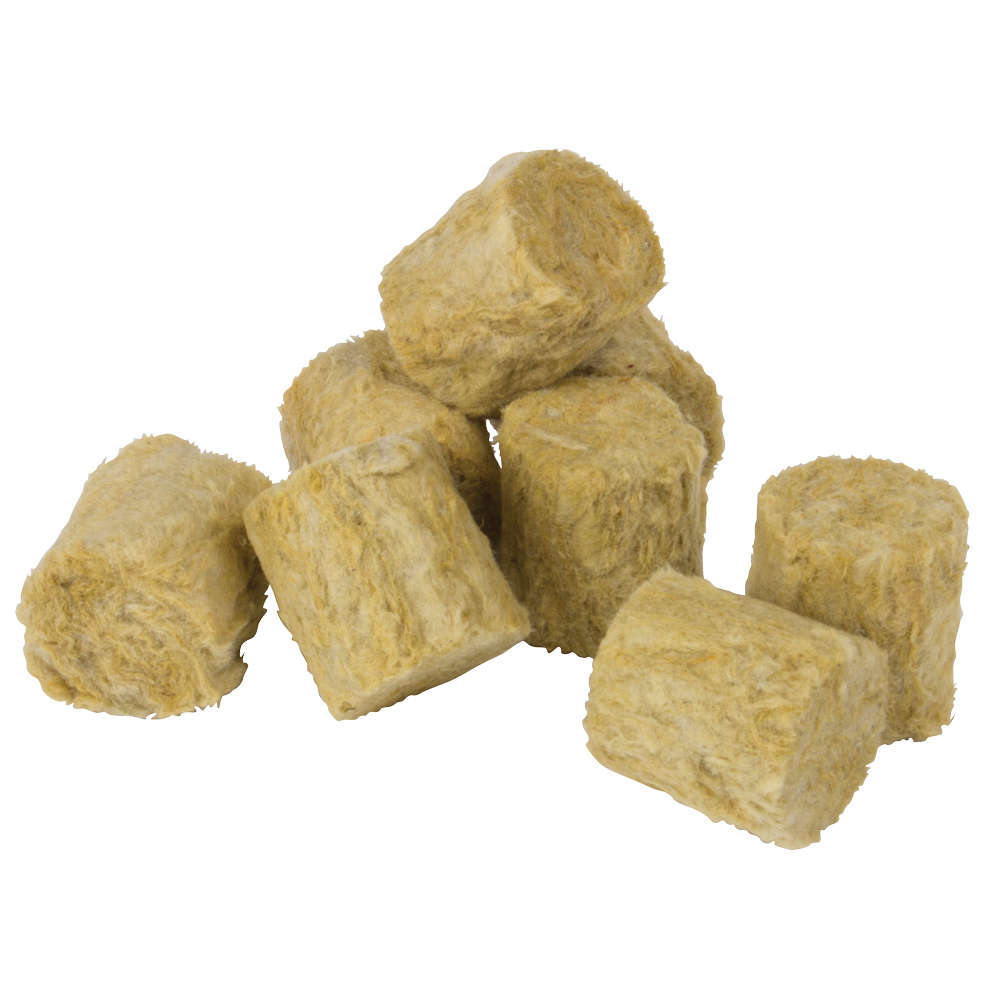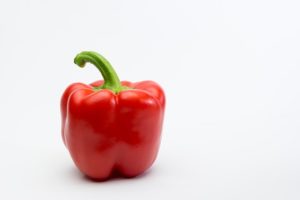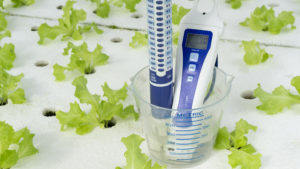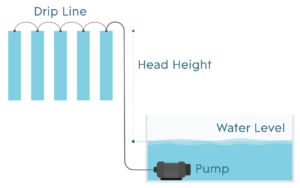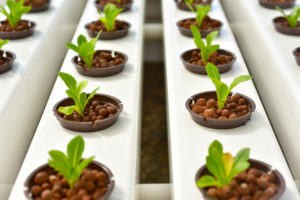Each type of hydroponic growing medium has certain features that make it stand out from others. There’s a lot of choice when you’re looking at growing media, too. Not sure where to start? Here’s what to look for:
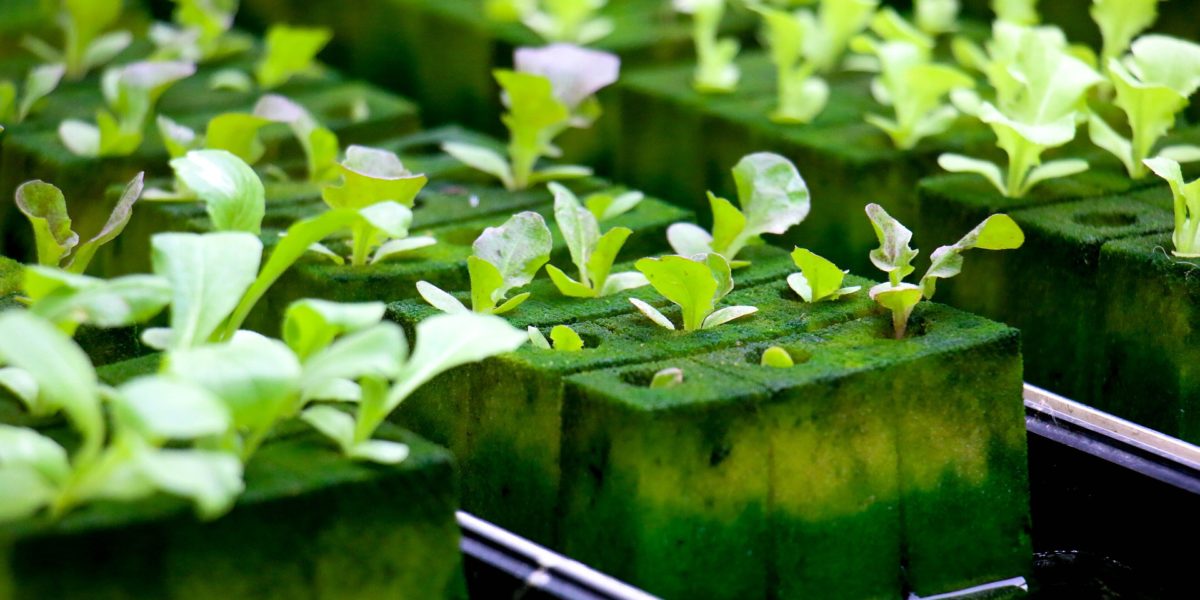
Neutrality
Typically, the more neutral a growing medium is, the better. One of the first things to check out is pH neutrality (or lack thereof). Just because a medium has a pH doesn’t mean it’s out of the running. What it does mean though, is that you need to consider the other adjustments you’ll have to make to compensate. If you have plants that really need a low pH, consider a pH neutral medium, or regularly using a pH adjuster. Growing medium that releases other trace minerals can be a bonus, but it can also affect your overall nutrient composition.
Oxygen retention
Growing medium should hold some moisture, but it needs to hold oxygen too. Without sufficient oxygen, roots can actually drown. If a medium doesn’t have enough oxygen retention on its own, consider mixing it with another type of growing media to get a good balance. Rockwool, clay pebbles, and coco coir are known for providing a good balance of oxygen.
Moisture retention
The ideal level of moisture retention really depends on your type of system, and your plants. You want a grow medium that holds enough nutrient solution to keep your plants fed, but not too much. A grow medium that doesn’t drain can lead to problems in the root system, and especially root rot. Often, when a grow medium holds too much moisture, it’s mixed with a faster draining grow medium. This gives plants enough sustenance, but also allows roots to get oxygen and prevent plants from getting waterlogged. Hydroponic systems that rely on moisture retention, like wick and drip systems, do fine with more absorbent media.
That means that media like coco coir, perlite, and vermiculite can be used. There’s not much moisture going into the growing media in the first place, and plants need that moisture to stick around. However, for a system like ebb and flow, too much absorbency means the flood table can’t dry out enough before the next flood cycle.
Non-degradable vs degradable
Some growing media never breaks down, and it’s considered non-degradable. Likewise, some grow media is biodegradable, and breaks down over time. Biodegradable options are more eco friendly. However, they can’t always be used for more than one crop. Non-degradable media can be reused time and time again. It’s important to remember to clean and sterilize non-degradable media between crops. It’s a key process to prevent illness and bacteria from transferring from one crop to another.
Weight
It goes without saying that some forms of hydroponic grow media are heavier than others. A lightweight medium is great for retaining moisture while still allowing aeration. Heavier mediums may not hold moisture as long, but they provide plants with more stability. An issue with lightweight grow media that isn’t mixed is that it tends to float when there’s a lot of water. Over time, this can gather in tubing and filters, and eventually clog your system.
That doesn’t mean that you should turn your back on lightweight grow media. But, if you have a system with a lot of water flowing through (think NFT or flood and drain), it’s a good idea to mix a lightweight medium with a heavier one. Many heavier grow media can be expensive to purchase initially. So it can be harder to fill a large system if it’s an expensive material. That said, heavier grow media is more likely to be reusable. That in turn saves you the expense of buying new growing media for each crop.
The key with grow media weight is balance. A good growing medium should allow water and oxygen through, while also supporting your plants. If you’re growing fairly large, heavy plants, it’s a good idea to choose a growing medium with more weight to it.
